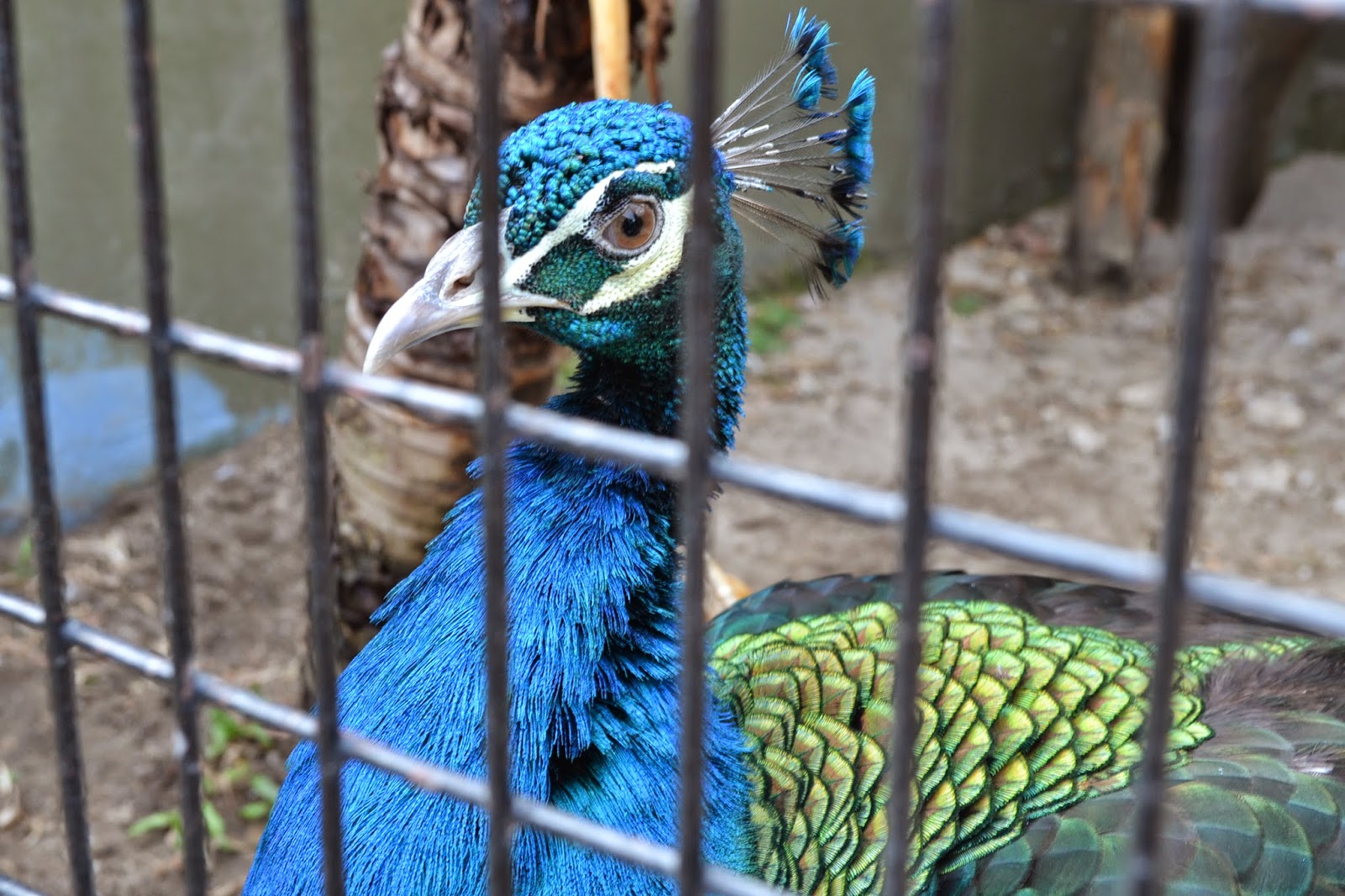
Criteria :
1.
Think
about what you plan to use it for.
What do you need it for? Fun, general or professional use? I would suggest
writing your individual needs down to ensure the camera you choose best fits
your requirements.
2.
Determine your
budget. What is your budget? You have to remember it’s not just about
the camera body, lenses are equally important. So consider this when budgeting
along with additional batteries, memory cards, filters, flash, tripod and
camera protection such as bags and cases. Buying a DSLR means buying more than
just the camera body so take this into account when looking at your budget.
There are some great deals and package ‘Kits’ out there where you can buy the
body + lenses + tripod in a Kit so it is worth looking into these options as
well.
3.
Check
when the camera was released. Many cameras now
have firmware upgrades, which is a great help in prolonging the life of your
DSLR.
4.
Look
at is the camera’s Mega Pixel. Requirements
depend on your individual needs, if you want to create large professional
prints then high resolution is essential. For small images to email to family,
then it is not essential.
5.
Consider
a full frame sensor. Do you need a
Full Frame Sensor? A full frame sensor means that you get the exact same frame
size as you would with a traditional 35mm film camera. This means that you get
the true angle of view from the lens you are using – this is good for wide
angle architectural or landscape work. They also perform very well at a high
ISO.
6.
Find
out what format the camera uses. Do
you need to shoot in RAW? RAW is what many professional photographers shoot in.
RAW captures large files that can be non-destructively graded and manipulated
in the post stage without an image quality loss. Many Cameras now have the
option to shoot in RAW and it can dramatically improve the quality of your
final image and your digital dark room experience.
7.
You
should look at size and camera weight as this could be a factor to consider. This again comes down to use. Will you be running
around shooting wildlife or travelling a lot? If so, then a small and light
model would be best.
8.
Do
you require a video function? Personally, even
if you are a Stills Photography purest and never think you will use it, if you
are buying a new DSLR today I would suggest getting one with a HD Video
function, simply because they are so good. People are shooting high-end
commercial work on them.
9.
Find
out what video abilities (if any) it has. If
you require a video function, is it important to be able to shoot in slow
motion? If so this will narrow your choice of DSLR’s that can do this.
10. Choose Lenses: If you have lenses from another manufacturer, it
doesn’t mean you have to stick with the same manufacturer for your camera body,
as there are so many adaptors available on the market.
11. Find out about Compatibility. Some models of cameras are compatible with each
other, in terms of using the same batteries, chargers, battery grips and so on.
If this is important to you this may affect your decision. Previous gear and
accessories that are compatible with your new DSLR can help reduce cost and
save you having to buy all new gear again.
12. See if it is upgradable and
updateable. At the end of day, you
want your DSLR to last as long as possible and not be outdated next month.
Spend as much as you can afford and getting the model that best suits your
needs whether as a consumer, pro-sumer or professional. It might be worth
spending a little more on a model that will keep up with future upgrades and
allow you to grow and learn with it, rather than buying a cheaper entry level
model which will soon be out of date and although cheaper might not be
beneficial in the long run.

















